Earth Day is every day at Georgian College
April 21, 2024
Earth Day is a time to raise awareness of how to protect the Earth, acknowledge environmental movements and honour our planet’s finite resources.

At Georgian College, we have lots to celebrate, including our many environmental projects, initiatives, research, and curriculum that deepen our commitment to sustainability and making the world a better place for all our communities.
To mark Earth Day, celebrated annually on April 22, we are highlighting some of our projects and commitments to the environment and the United Nations’ Sustainable Development Goals (UN SDGs).
United Nations’ Sustainable Development Goals

The 17 UN SDGs are a multi-dimensional approach toward a better future for everything and everyone. Addressing environmental issues such as biodiversity loss (SDGs 14 and 15), waste reduction and diversion (SDG 12), clean, renewable energy (SDG 7), and climate action (SDG 13), aligns with the celebration of Earth Day and Georgian’s commitment to a sustainable future.
Georgian College and the Georgian College Students’ Association have each signed the UN SDG Accord, further securing our drive to sustainability efforts and initiatives.
Climate change and energy
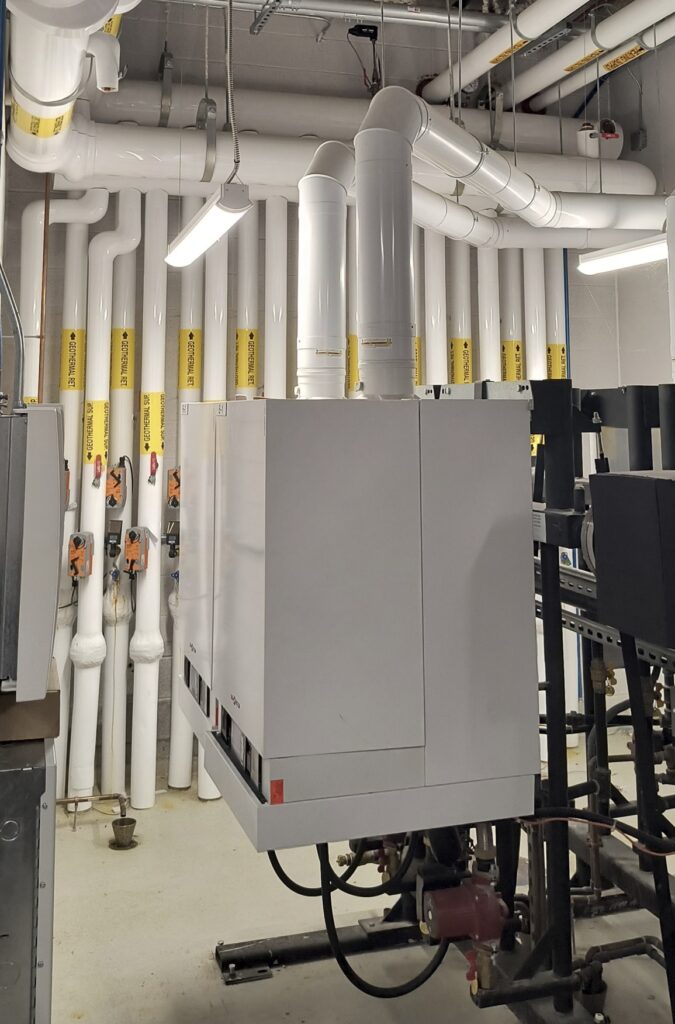
Better alternatives for energy are at the forefront of climate change, and Georgian eagerly approached renewable energy with geothermal and solar (SDG 7, SDG 13). Located at our Barrie and Orillia campuses, Georgian has four geothermal loops. These systems utilize heat from the Earth through a geo-field, which is a loop of fluid-filled pipes that help to heat and cool our buildings.
Microgrids
Georgian has two microgrids: one battery microgrid and one solar microgrid.
Microgrids help manage generation, storage and consumption of energy. These small-scale power grids can operate independently or as part of a larger grid. Microgrids are effective when the traditional grid is faced with uncertainty, such as during a natural disaster or when summer heatwaves or extreme cold temperatures can overload the grid.

Georgian’s first microgrid was installed in 2020. It is a 2MW battery storage system that allows the utility to switch to battery power during a major peak in provincial grid use. Using battery power in peak demand alleviates stress on the provincial grid and minimizes the college’s contribution to rolling brownouts or blackouts.


The second microgrid, known as the academic microgrid, is a 23kW solar photovoltaic system on three tracking units. The system includes 65kWh lithium-ion phosphate battery storage. This microgrid is currently powering the lighting, office computers and accessories in room N201 in the Peter B. Moore Advanced Technology Centre at Georgian’s Barrie Campus, as well as two of the level two chargers outside the building.
Electric vehicle charging
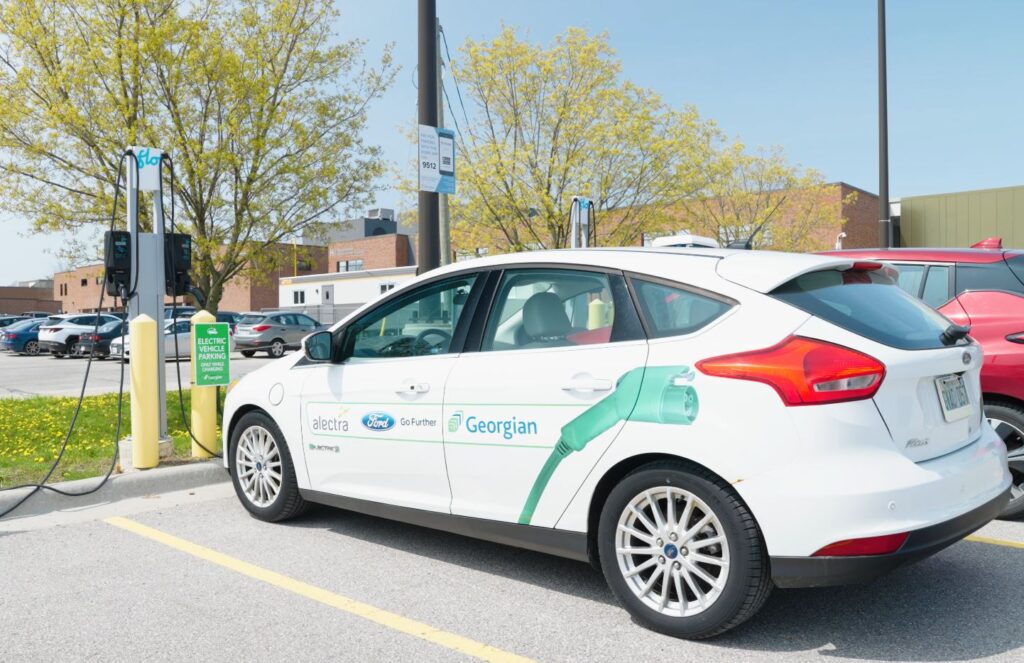
Electric vehicle (EV) charging is available at Barrie and Owen Sound campuses. Barrie has solar-assisted charging and a level three charger. Once a car has the charge it needs, its owner must move their car to a regular parking spot to make space for other EV drivers to charge their vehicles.
Transportation
Georgian supports alternative modes of transportation by supplying bicycle racks and lockers and transit stops at every campus (SDG 7, SDG 13, SDG 11).
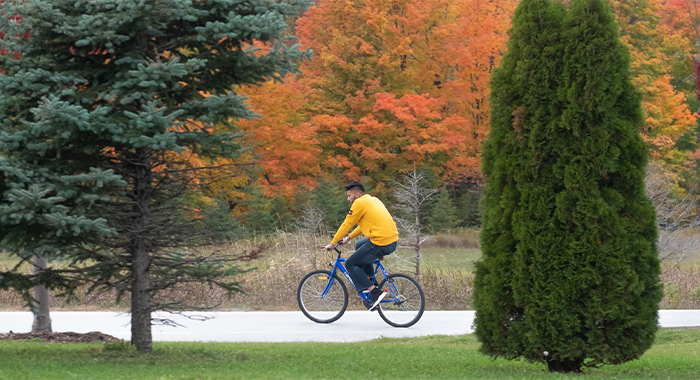
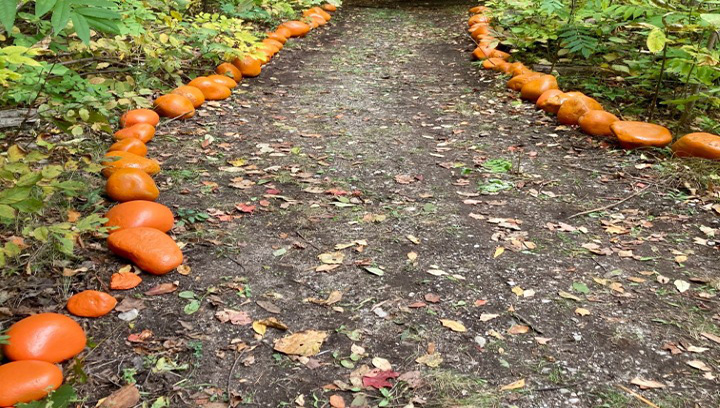
There are also multiple paths to walk to some of our campuses, supporting not only atmospheric health but also the physical well-being (SDG 3) of our Georgian community. Take a wellness break at the Orillia Campus and walk the interactive Truth and Reconciliation Trail (Debwewin Miinwaa Naaskodaadiwin Miikaans).
Sustainable buildings
Sustainable buildings are designed with energy efficiency as a priority. The Sadlon Centre for Health, Wellness and Sciences (M building) at the Barrie Campus is a LEED silver-level building.
Leadership in Energy and Environmental Design (LEED) is a rating system and internationally accepted benchmark for the design, construction and operation of high-performance green buildings.
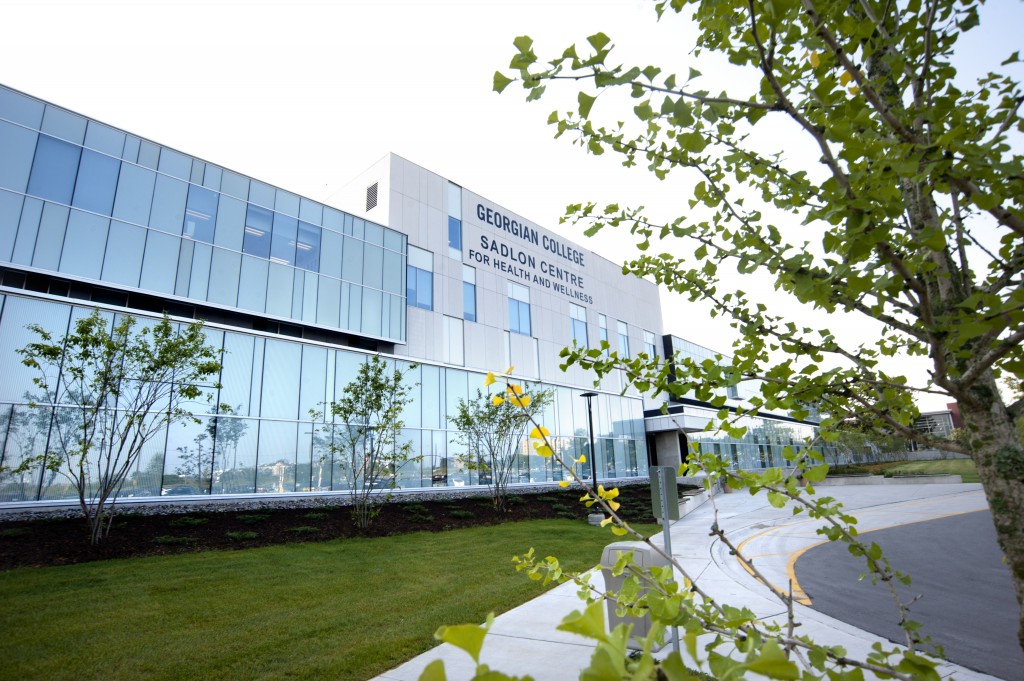
Although not certified, the Peter B. Moore Advanced Technology Centre (N building) on the Barrie Campus is built to LEED-like standards.
Energy efficient buildings include having energy efficient heating and cooling systems and building envelopes that prevent conditioned air from escaping and allowing outside conditions in (SDG 13). Most classrooms and offices are equipped with occupant sensors and LED lighting. Some buildings have daylighting, where the lighting dims when natural sunlight is available.

Clean water
Make sure you bring your re-fillable water bottle to campus to fill up with clean, safe drinking water (SDG 6) at our hydration stations. The more we can encourage the use of reusable water bottles, the more Georgian can do its part to help slow the amount of single-use water bottles filling landfills.
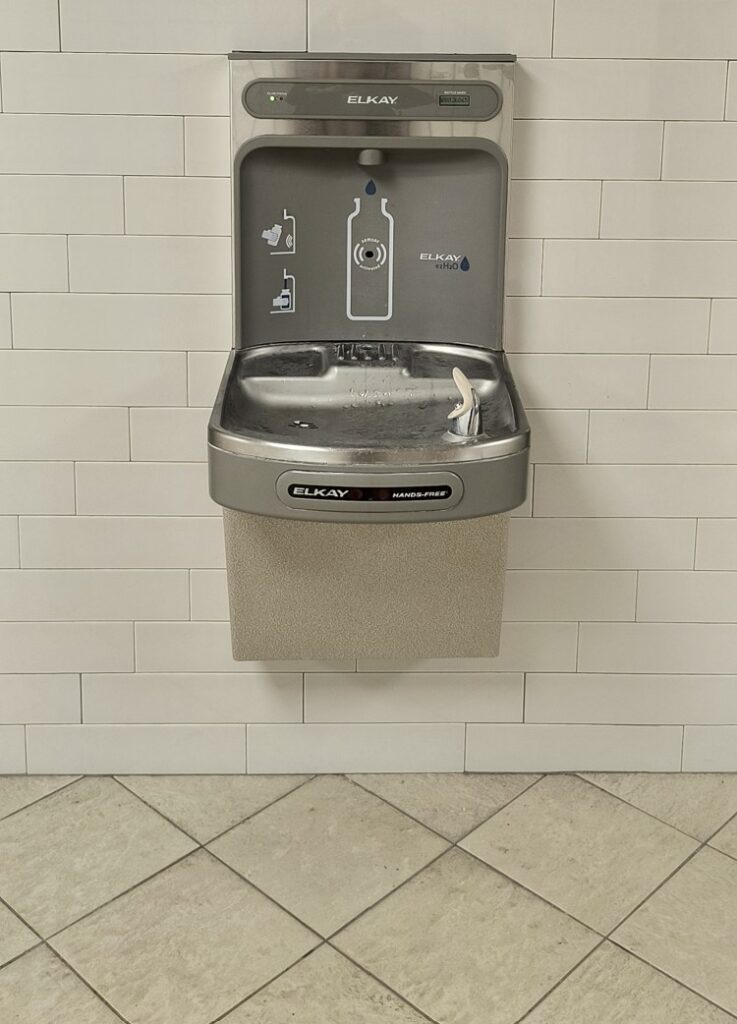
Along with this, waterless urinals have been outfitted in some washrooms, decreasing overall water use.
Waste diversion
Georgian has private waste collection services at all of its campuses, with some exceptions. This means what and how we recycle on campus could be different than an individual’s municipal recycling at home. Georgian’s recycling is meticulously sorted at the appropriate facilities to divert as much waste as possible from landfills (SDG 12).
It is important for all students, employees and guests of the college to pay attention to the sorting signage on garbage and recycling bins to reduce waste. Georgian’s current, average diversion rate across all campuses is 61 per cent.
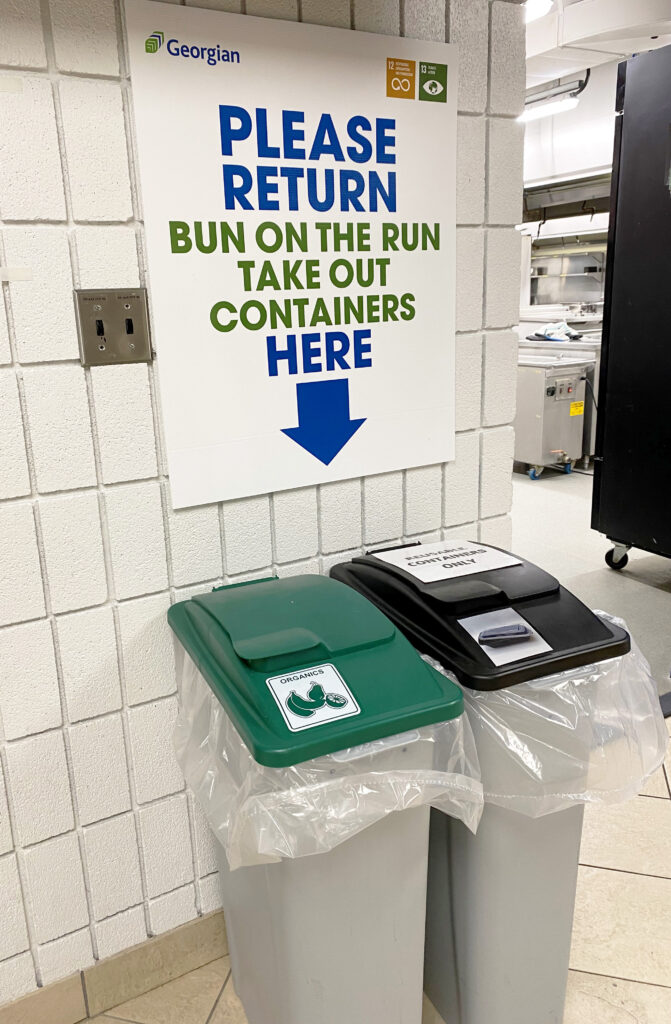
Did you know that Georgian supports pre-consumer organics diversion? Food scraps in preparation areas at some campuses are diverted through organics collection or composted onsite and used in gardens.
For the past year, construction projects at all campuses have been part of a construction waste diversion pilot where the college has been able to divert over 85 per cent of demolition material from landfills. These materials include wood, drywall, metal, cardboard, block, plastic, brick and concrete.
Food, gardens and bees
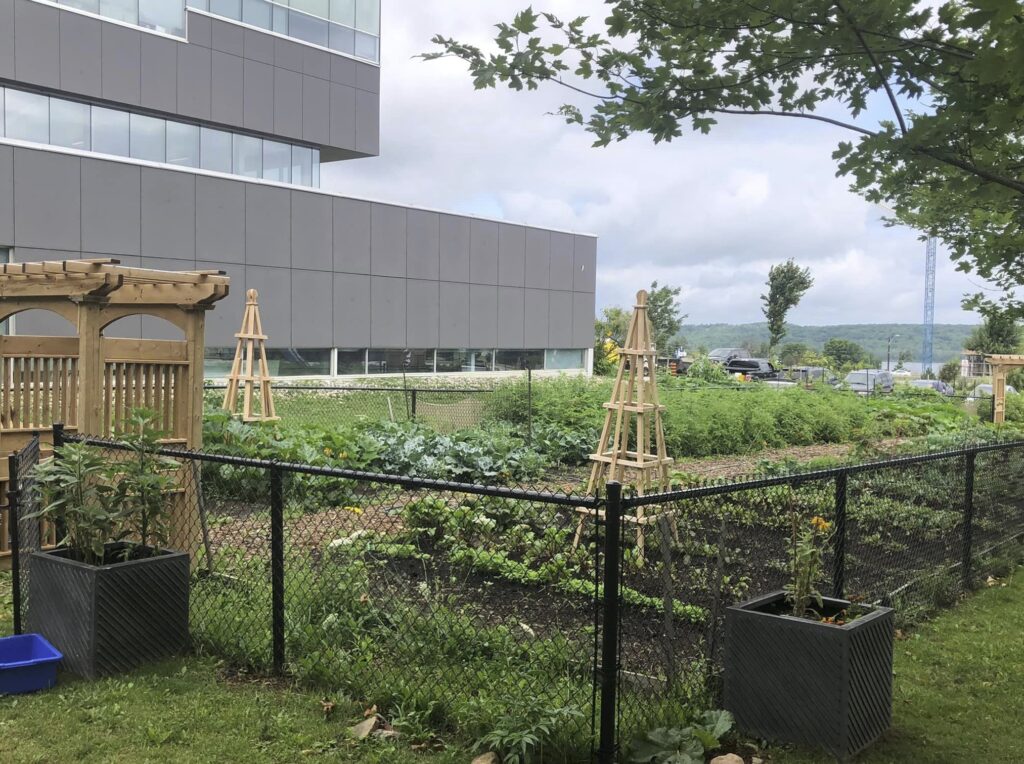
Georgian boasts beautiful vegetable and herb gardens that are used in its Hospitality, Tourism and Recreation programs, providing our students hands-on experience in the work it takes to grow, cultivate and harvest food.
Georgian also has an orchard of 12 fruit trees on the Barrie Campus, which will produce and further supply the culinary programs with delicious and fresh fruit.
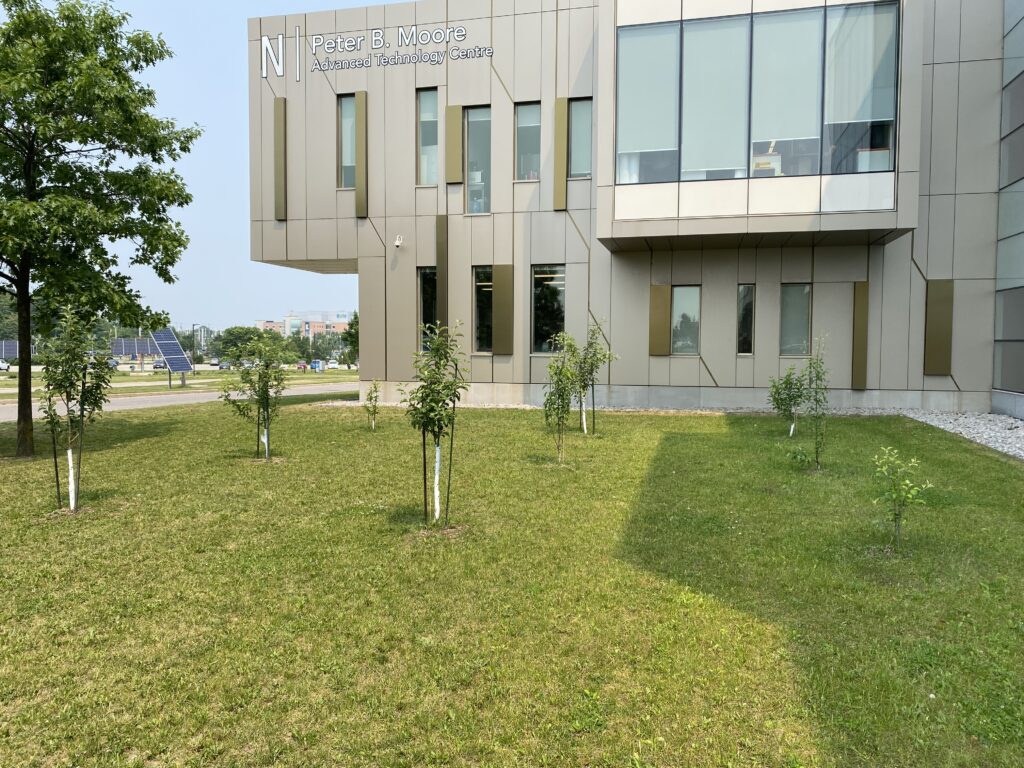

Maple trees are also planted around the Barrie Campus, providing shade in the summer and tapped every winter for their maple syrup.
A portion of each year’s harvest also goes to local food banks. Any food harvested for use in Georgian’s culinary programs is composted to create more nutrients for future gardens.
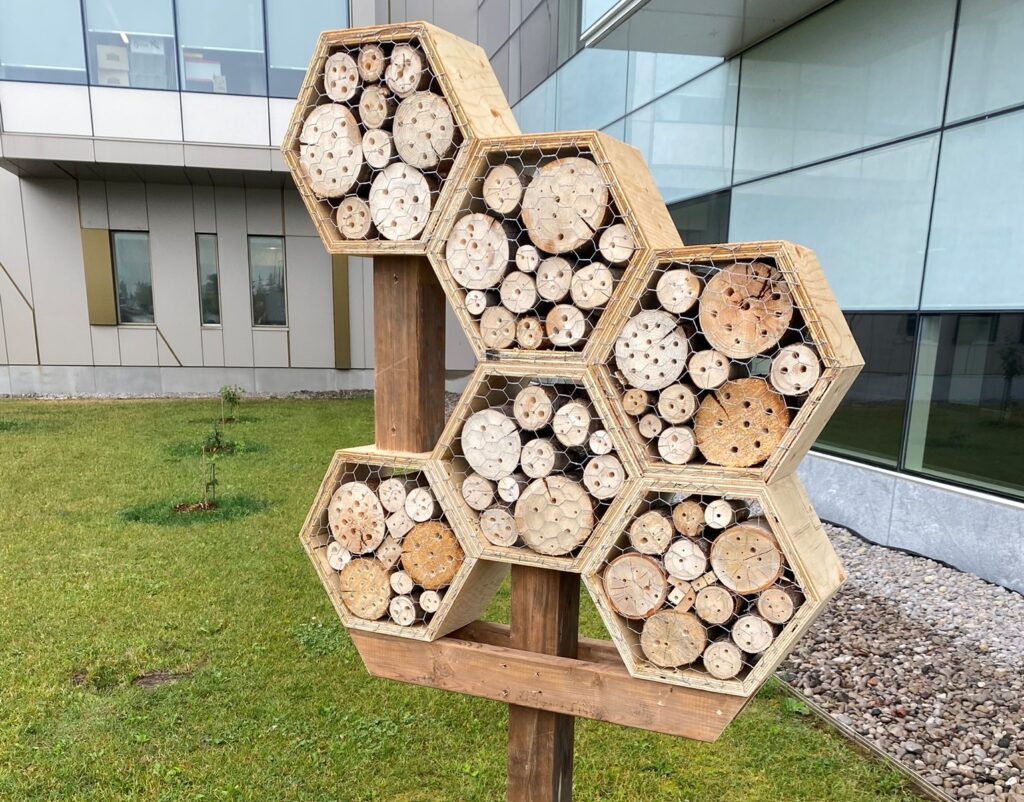
Pollination is necessary for food growth, and Georgian campuses host a variety of pollinator habitats, such as native plant gardens, no-mow zones and a bee domicile. There are also two European honeybee hives on the roof of H building on the Barrie Campus.
Georgian was designed a Bee Campus in 2023 by Bee City Canada. This means the college is recognized as one of 19 campuses across the country committed to creating, maintaining and/or improving pollinator habitats.
All these initiatives are supporting local and organic food options, taking away the need for the transport of goods and helping support local farmers and the local economy (SDG 2, SDG 3, SDG 4, SDG 12 and SDG 15).
Get involved

Looking for a team-building opportunity that also supports campus sustainability? Georgian’s Facilities Management department can provide employees and students with bags, pickers and gloves.